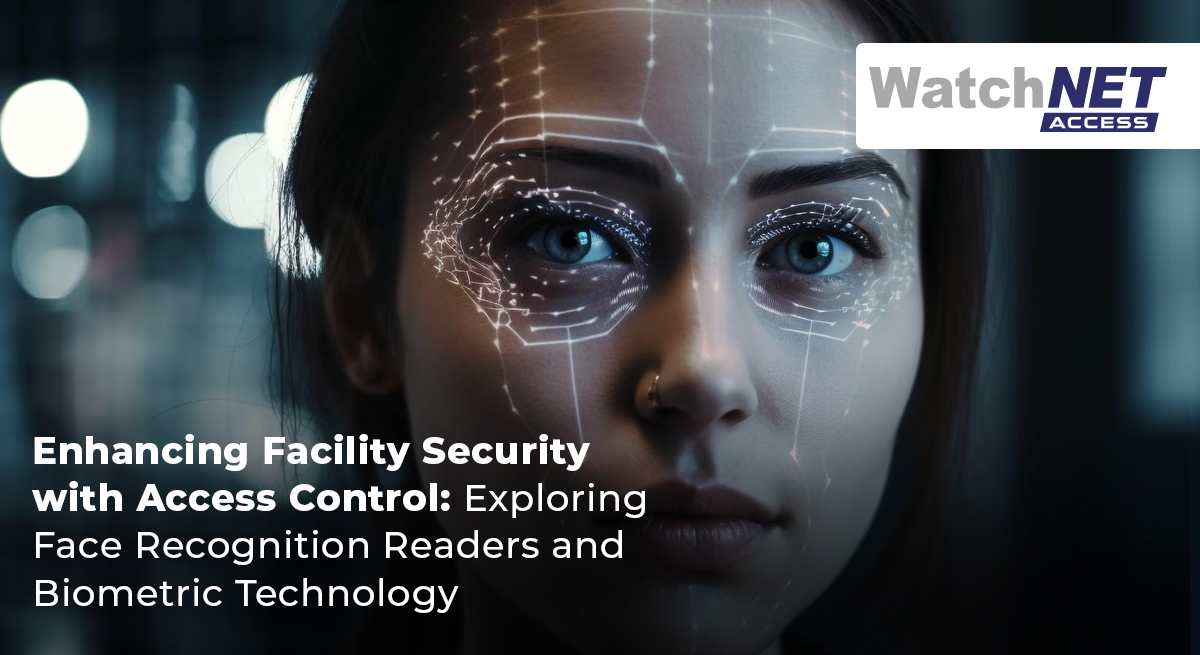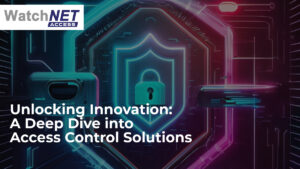When it comes to safeguarding your facility, access control is a paramount concern. It’s the frontline defense against theft, vandalism, and other security threats. In today’s rapidly evolving security landscape, traditional methods like key cards and PIN codes are being challenged by cutting-edge technologies – face recognition readers and biometric technology.
Face recognition readers, in particular, have piqued the interest of organizations worldwide. These non-contact devices employ advanced cameras to scan and identify individuals based on their facial features. The result? Unparalleled accuracy in verifying identities across various environments, from workplaces to educational institutions and government facilities.
Broadening the scope, biometric technology encompasses a range of methods that leverage unique biological characteristics, including fingerprints, facial features, and iris patterns, for individual identification. Often, biometric access control systems work in tandem with face recognition readers to create an additional layer of security.
Advantages of Face Recognition Readers and Biometric Technology for Access Control
The adoption of face recognition readers and biometric technology offers a multitude of benefits for access control:
Accuracy: These technologies excel in pinpoint accuracy, reliably identifying individuals in diverse scenarios. This stands in stark contrast to traditional access control methods, such as key cards and PIN codes, which are susceptible to loss, theft, or unauthorized sharing.
Convenience: The ease of use is another compelling feature. With face recognition readers and biometric technology, individuals need not carry physical tokens or remember complex passwords, streamlining the access process.
Enhanced Security: These technologies elevate security levels by reducing the risk of unauthorized access. Additionally, they can track entries and exits, providing invaluable data in case of security incidents.
Applications of Face Recognition Readers and Biometric Technology in Access Control
The versatility of face recognition readers and biometric technology extends across various settings:
Workplaces: Employers can deploy these technologies to control access to office buildings, secure computer systems, and protect sensitive areas within the workplace.
Schools: Educational institutions can employ these tools to regulate access to school buildings, classrooms, and other restricted zones, bolstering campus security.
Government Facilities: Government buildings, military bases, and other high-security areas can benefit from face recognition readers and biometric technology to manage entry and safeguard sensitive information.
Events and Concerts: Sporting events and concerts can optimize security and crowd control by using these technologies to manage access and enhance overall safety.
Considerations When Implementing Face Recognition Readers and Biometric Technology
Before diving into implementation, it’s crucial to consider a few key factors:
Cost: While the long-term advantages are significant, it’s important to note that face recognition readers and biometric technology may involve higher initial costs compared to traditional methods.
Privacy: Collecting sensitive personal data raises privacy concerns. Implement robust privacy and security measures to safeguard this information.
Compliance: If your organization is subject to industry regulations or government compliance requirements, consult with legal experts to ensure that your use of these technologies aligns with relevant guidelines.
Face recognition readers and biometric technology are revolutionizing access control. Their precision, convenience, and adaptability make them a compelling choice for organizations seeking to enhance their security measures. Whether you’re considering a new access control system or looking to upgrade an existing one, these technologies warrant serious consideration. They represent a leap forward in facility security, providing peace of mind and greater control over access management.




